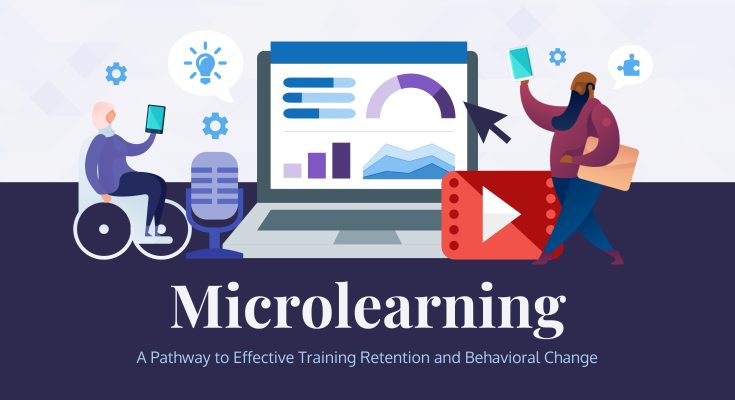In the ever-evolving landscape of professional development and corporate training, the need for more agile, efficient learning methods has given rise to what’s known as microlearning. At its core, microlearning refers to a method of delivering content in small, focused segments, typically lasting anywhere from a few seconds to a few minutes. These compact modules are designed to address specific learning objectives without overwhelming the learner with too much information at once. But as with any trend in education or business, it’s worth asking: are microlearning modules genuinely effective, or are they simply another buzzword in the corporate training playbook?
To understand the appeal of microlearning, it’s helpful to consider how modern professionals consume information today. In a world filled with constant notifications, shifting priorities, and limited time, sitting through hour-long training sessions can feel not only daunting but also impractical. Microlearning embraces the idea that people often learn best in short bursts, especially when the material is immediately relevant to a task or decision they’re facing. Instead of asking someone to digest an entire course in one sitting, microlearning offers bite-sized lessons that can be accessed on demand—whether that’s during a lunch break, between meetings, or on a commute.
One of the key strengths of microlearning is its ability to meet learners where they are. It leverages the principles of cognitive science, particularly the concept of spaced repetition and information retention. When information is broken down into smaller parts and revisited regularly, the brain is more likely to store it in long-term memory. This contrasts with traditional “cramming” methods, where learners often forget most of what they’ve learned shortly after the session ends. With microlearning, the emphasis is on reinforcement over time, which not only helps with recall but also boosts confidence as employees experience small, consistent wins.
Take, for example, a sales team learning how to use a new CRM platform. Instead of sitting through a three-hour training session that covers every feature of the software, microlearning modules might introduce just one concept per day—how to log a call, update a lead, or generate a report. These modules can include interactive elements like quizzes, short videos, or scenario-based simulations. By focusing on one feature at a time and allowing for practice in between, employees are more likely to absorb the material and apply it effectively in their daily routines.
Microlearning is also particularly well-suited to mobile and digital-first environments. With remote work now a permanent fixture in many companies, the ability to learn flexibly and independently has become a necessity. Microlearning modules can be delivered via apps, intranet portals, or even through email or messaging platforms, making them easy to access without disrupting the workday. This level of convenience not only increases engagement but also reduces the friction that often comes with more formal learning environments.
However, it’s important to recognize that microlearning isn’t a one-size-fits-all solution. While it excels at reinforcing existing knowledge or teaching discrete skills, it may not be the best approach for more complex, interconnected topics that require deep thinking and discussion. For example, teaching someone the foundational theories of leadership or the nuances of ethical decision-making might demand a more immersive and reflective learning experience. In those cases, microlearning can still play a complementary role—serving as a follow-up to reinforce key takeaways or as a quick refresher before a challenging situation.
The effectiveness of microlearning also depends heavily on the quality of the content. A poorly designed module that lacks context, relevance, or interactivity can be just as ineffective as an outdated PowerPoint lecture. The best microlearning content is purposeful, engaging, and tailored to the learner’s environment. It’s not just about making lessons shorter; it’s about making them smarter. That means understanding the learner’s needs, anticipating common challenges, and delivering content in a way that feels intuitive and meaningful.
Organizations that invest in microlearning often see returns not only in improved retention but also in overall performance. When employees feel that training is practical and respects their time, they’re more likely to stay motivated and apply what they’ve learned. That engagement translates to better outcomes, whether it’s fewer mistakes, faster onboarding, or higher customer satisfaction. It also fosters a culture of continuous learning, where development isn’t confined to a few formal sessions per year but is instead integrated into the everyday flow of work.
In summary, microlearning modules represent a powerful shift in how we think about learning at work. They reflect the realities of modern attention spans and the need for just-in-time knowledge. When used strategically and crafted with care, they can make training more accessible, more effective, and more aligned with how people actually learn and grow. While they may not replace every type of educational experience, they fill a vital gap—offering practical, flexible learning that helps people do their jobs better, one small step at a time.




